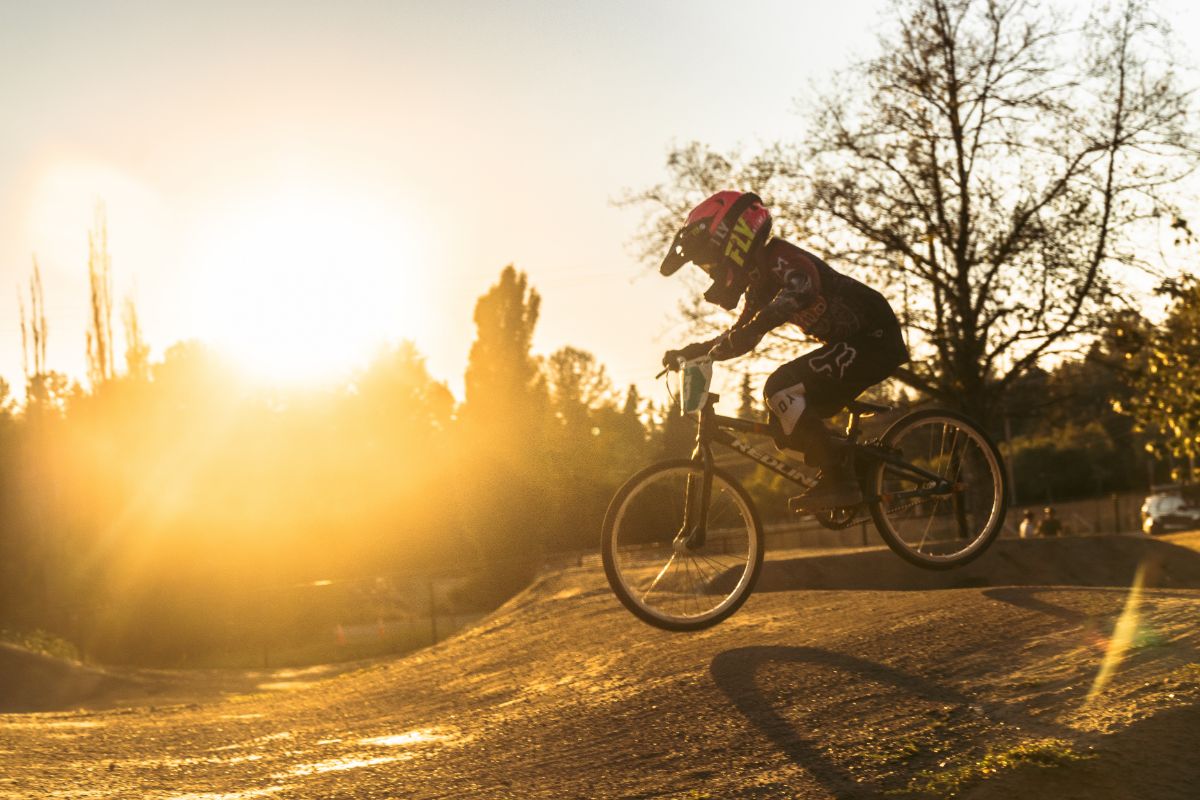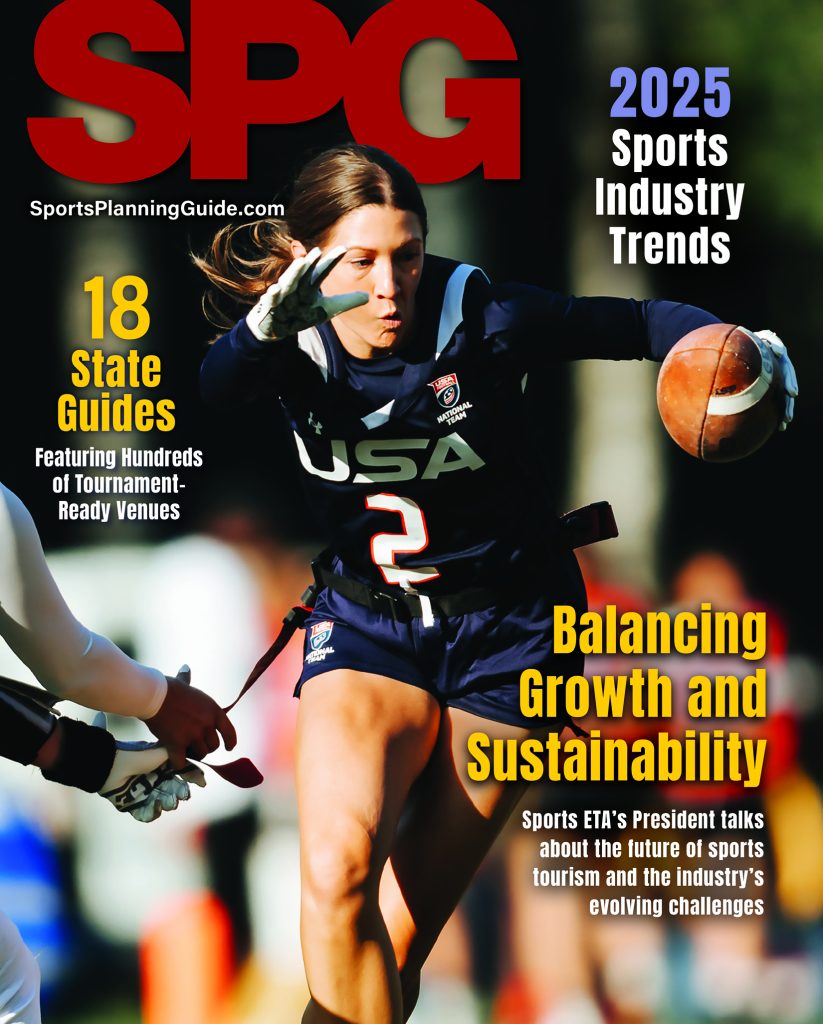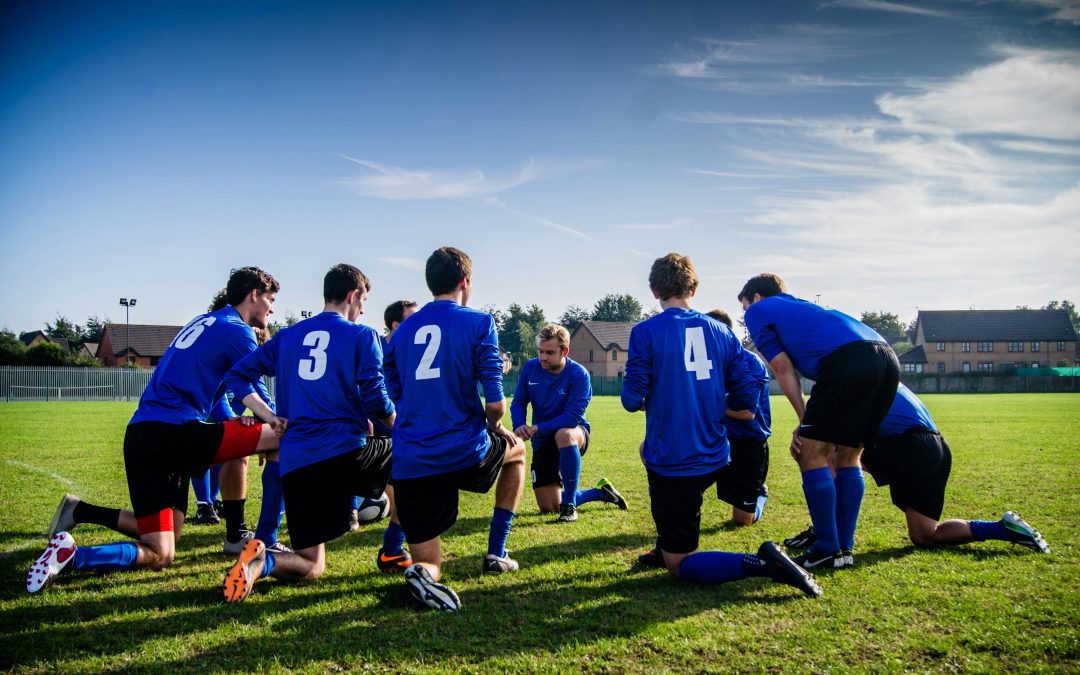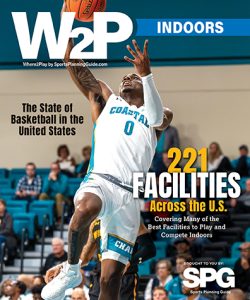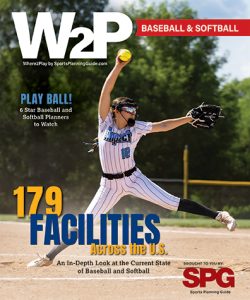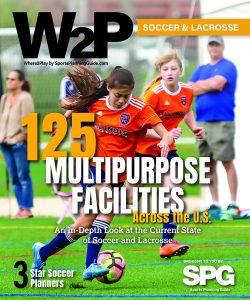Since it began its journey in the 1970s, the sport of BMX has gained speed right out of the gate and has not slowed down. Even in the last couple years with the country in a recession, BMX has maintained a steady cadence, and even seen an uptick in participation well ahead of the Olympic Games.
For the staff of the American Bicycle Association (ABA), this could not be a more exciting time for BMX and its future, as it has seen enthusiasm from athletes and communities boom over the past year.
“The growth and actual health of the sport is outstanding,” said John David, chief operating officer of the American Bicycle Association. Even with the clear popularity of BMX, David is always eager to promote it and get as many people involved as possible. It’s through his efforts and the organization’s initiatives that it has been able to build such a great following for BMX.
ABAis the national governing body for the sport of BMX racing, keeping its focus exclusive to that discipline. Up until last year, there were two groups that represented the sport—ABA and the National Bicycle League. ABA bought out NBL and its assets, which in effect unified the sport of BMX for the first time in its nearly 40-year history, and now the group operates under the brand name USA BMX. David emphasized that since the merger, there have been four national events in the series, and participation has been phenomenal, hitting a level way beyond what the organization expected. Many of the events, held in states across the country, have seen participation double over the last year, and that kind of momentum is expected to continue.
“Our membership numbers are absolutely phenomenal,” David said. “As a whole, the ABA, with all its operations in Canada and theUnited States, has 380 sanctioned BMX tracks that span North America and right around 70,000 members.”
Part of the growth spurt can be attributed to the fact that it is an Olympic year, but David noted that many sports will experience something called the Olympic bump, which typically occurs after the Games because people get excited after watching the competitions. BMX is already in the lead.
“Last year, our membership growth was about 10%,” David said. “This year, we’re on par to easily exceed that prior to the whole Olympic bump.
And while ABA is certainly expecting a surge in interest after London, it is by no means relying solely on that to help boost participation.
On June 23, ABA will be taking part in an international initiative called Olympic Day. For the promotion, every single track across the nation will host a free race, where anyone is welcome to participate.
“It’s going to be a spectacular promotion,” said David. “And we’re tying into some major media outlets to really really attract new participants within our sport.” The project will in effect get the word out about BMX, as well as encourage young athletes to give it a try, even if they have never done it before. The great thing about BMX, David said, is that “any kid…can hop on a BMX track and find a fit for them, find a space for them.” Even if a child is not the most athletically talented, BMX allows anyone to compete, despite their experience level, and it is promotions like Olympic Day that helps ABA spread that message.
Not only will the organization have this effort bolstering awareness for BMX, but NBC already guaranteed a large amount of prime-time coverage of the sport during the Olympics, with the network being one of the biggest proponents for it joining the Games. According to David, NBC’s local affiliates have been eager to get involved and let people know about BMX to help promote it.
“We do a tremendous amount of marketing and advertising both on a local level and on a major media component, too,” said David. However, as important as mass media coverage and major campaigns can be, the real core of the sport is still found in the local community, and more specifically within families.
“Our local level BMX tracks are the foundation of everything,” David said. “They are the ones that generate membership, they get children and families involved in the sport. They are the fundamental component of what our business is.”
It is this knowledge that makes ABA reach out to more and more cities and small communities throughout the country and encourage them to create a BMX track in their town.
The organization has a dedicated staff member who assists municipalities or local residents who are interested in bringing the sport to their area. To help the effort,ABAoffers a BMX track development clinic, where it will fully design an official track, help in its construction and train the staff on proper operations, all at no cost to the community. The group trusts that it is worth the investment because it shows how passionate and dedicated they are about BMX and what it can do for a city.
“BMX tracks are great aspects of any community,” David said. “It is a safe haven, a sanctuary for kids and families, that’s really what it’s all about.”
One of the biggest factors that sets BMX apart from other sports is, in fact, the family aspect. There isn’t a team of athletes competing with each other, and there are not really coaches. “In BMX, our team is the family unit,” David said. That is one key element he drives home when promoting the sport, because a race can really become a family event, with everyone getting involved, and both children and parents enjoying the experience.
BMX has seen tremendous growth, especially in the last year with the combination of ABA and NBL. Awareness for it continues to permeate every region of the country and is expected to pick up intensity even more after the Olympic Games in London. There appears to be much excitement within ABA for future events, and the potential for growth seems unstoppable as more people across the country are jumping on board and enjoying the ride.
—Vanessa Day

